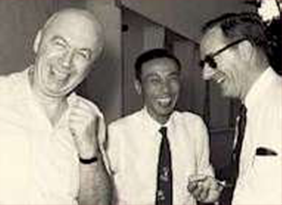
Sir Run Run Shaw (center) with acclaimed director Otto Preminger (left) at Jalan Ampas studio, 1958
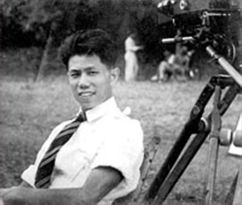
Shaw Vee Ngok, Manager of Jalan Ampas studio
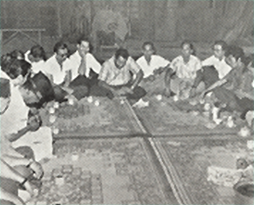
Kenduri prayer feast prior to the start of P Ramlee's Musang Berianggut, 1959
Production work at No.8 Jalan Ampas was a grueling everyday affair. Stars and crew alike would work from the crack of dawn until the late hours at night.
It helped that the actors' quarters were at Boon Teck Road which was just around the corner from the studio.
Living together as a community, both directors and actors felt totally committed to their work.
Research, brainstorming, and rehearsals would occur before, during and after their daily shoots.
This was to ensure the results came out nothing less than perfect.
A result of such discipline as well as love for their craft was a prolific output of quality product.
For more than two decades, the cast and crew of MFP produced over 160 films, a few of them in scope and colour. Their prolific output ranged from six to ten films per year, entertaining audiences in Singapore, Malaya and Indonesia.
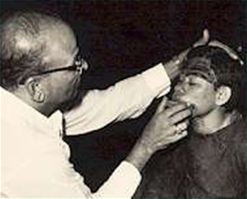
A special effects make up person hard at work.
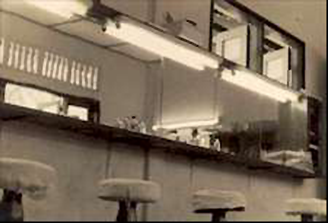
A makeup unit at Jalan Ampas studio.
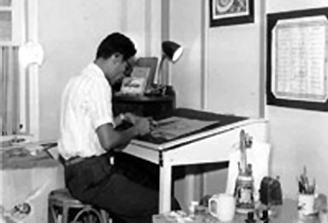
Artist at work in the Jalan Ampas art department
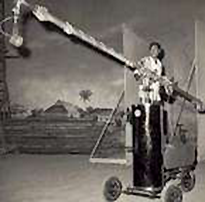
Sound boom on a film set.
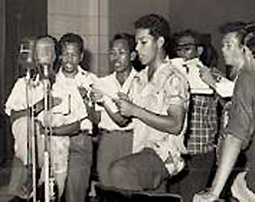
A vocal recording session
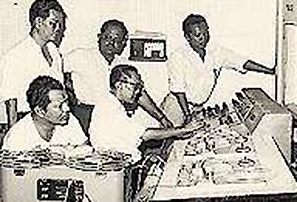
The sound crew at Jalan Ampas studio doing a final mixdown.
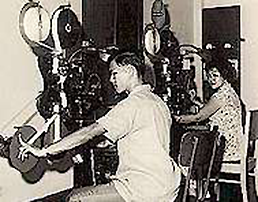
The synchronisation of sound on film.
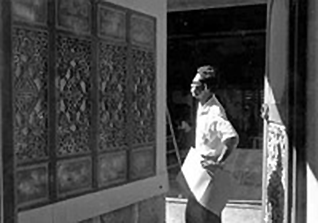
Building props for the film sets
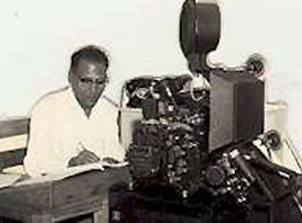
Editing of film on a Moviola
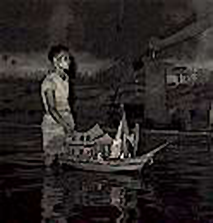
A miniature ship for filming
Subject matter ranged from bangsawan dramas and love stories to pontianak horror movies.
These were a draw because the settings, themes and language were familiar, the same reasons that make local movies a draw today.
Often, a mix of Malay pantuns and proverbs were incorporated into the films that served to educate the audience.
Although many of the stories came from the bangsawan, some of the stories were of Chinese and Indian origin.
Musical numbers served a variety of purposes within the Malay films.
Some were used to enhance the main narrative by revealing characters' emotions and desires, influenced in no small part by Bollywood and Hollywood musicals of the 1930s, 40s and 50s.
Others served as 'comic relief' for particularly intense films such as horror films.
Booking a popular Malay film into cinemas to fall on Hari Raya (Malay New Year), posed its own challenges.
As the exact date of Hari Raya was dependent on the appearance of the full moon, announcing a new Hari Raya Malay film had to be last minute.
In Singapore, the manager of the Sky theatre would scan the midnight sky in order to spot the moon.
Once the lunar sign is seen, the word would go out to the Straits Times office next door. There, the newspaper advertisement for the Malay film would be rushed in time for the next morning's paper.
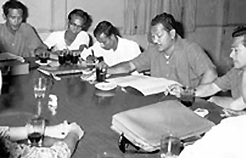
P Ramlee going through a script
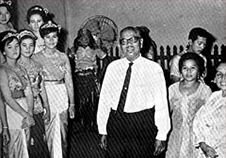
Tengku Abdul Rahman Malaysia's Premier visits Shaw Studio in 1967 to see the shooting of his novel 'King of the Bloodsuckers'.
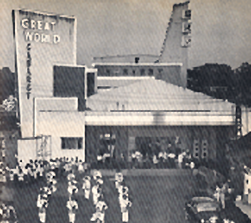
Sky Theatre in Great World Amusement Park, Singapore

















